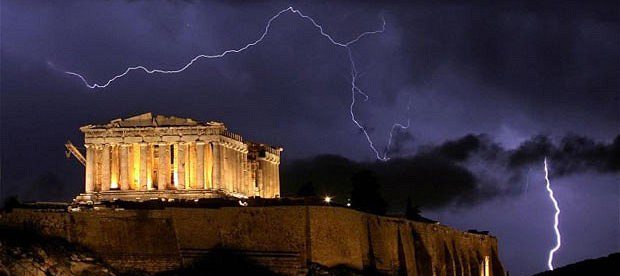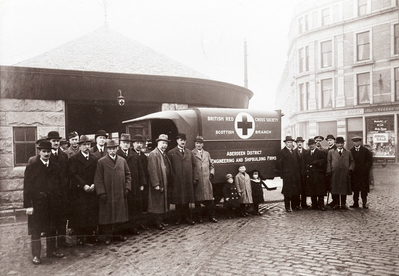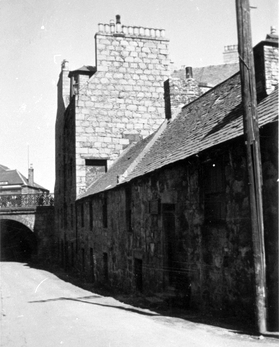Holburn Street
A9013 AB10 6BL – Holburn Street was laid out after 1796

Holburn Street went through a number of name changes. It was called South Road in 1809 when a New Road joined up at the Junction with Union Place (now Union Street). Part of it then became Wellington Place (Junction to the Union Glen Bridge) to Commemorate another Duke who had little to do with Aberdeen. This part was described as “a good spacious Street leading from Union Place to South Bridge & Holburn Street” (part also Holburn Place). The City Fathers must still have been confused so changed it to Holburn Road until logic prevailed and the whole stretch from the Union Street Junction to the Brig o’ Dee became known as Holburn Street. It is interesting to read the Official 1869 Ordnance Survey notes on Pronunciation for it was there that the correct How/Haugh/Heugh became the more anglicised Hol by the Southampton Cartographical Draughtsmen. They had noted, “Hol Burn: A Stream which leaves the West Burn of Rubislaw in Ben Reid’s Nursery & Flows in an Easterly direction till it comes opposite to Ferryhill Mills where it changes its name to that of Ferryhill Burn and Flows on to its Confluence with the River Dee.” Newbridge [Hal Burn] A small Bridge of one Arch across the Hol Burn at Newbridge Works, Hardgate. So Hol & Hal in the same short sentence when it should have been Heugh or How!
Map of Aberdeen 1810 Showing South Road
The Holburn or Burn of the Howe has 2-Headwaters, the North, which is the greater, coming from Hazlehead through Walker Dam, and the South from Craigiebuckler. The 2-Streams are crossed in going from Rubislaw Quarry to Springbank Cemetery, a little above their Junction. The United Stream did Service in feeding Steam Condensing Ponds at the now-defunct Broadford’s Rubislaw Bleachfield and then Flowed Eastward. It crosses Forest Avenue & St Swithin Street, and at the bend in Hartington Road, it again divides into 2-Branches. The South branch, which is the Original Burn, keeping the low ground crosses Union Grove & Ashvale Place and passes under Holburn Bridge, Built when the Stonehaven Turnpike was made early in the 19thC. Wellington Lodge (see Below) – on the corner of Justice Mill Lane & Holburn Street. The top of Holburn Street, towards Holburn Junction, was previously known as South Street and later as Wellington Place. In the background of this Image, on the far left, can be seen the John Smith (Architect) Designed Water House on Union Place.
Map Showing Burns & Mills



Davidson & Kay’s Chemists Shop at the Babbie Law’s corner (off Holburn Street & Albyn Place). The Historical characters depicted are associated with Medicine. Davidson & Kay Ltd was an Aberdeen Pharmacy Business with a Hhistory reaching back to the early 1800s, and possibly earlier.
The Business was successful and grew during the Victorian period. Davidson & Kay benefited from Royal Custom from 1857 onwards when the Duchess of Kent, Mother of Queen Victoria, was a Customer. The Firm was Granted the Royal Warrant from Queen Victoria in 1884, whose Medicine was taken to the Station and placed in charge of a Guard before being taken by Horseback from Ballater to Balmoral. The Firm served 5-Generations of the Royal Family in all and also Dispensed for the Czar of Russia. Further Dispensaries were Built at Wellington Place, Alford Place & even Balmoral as the Firm expanded while the Main Branch was on Union Street. Babbie Law‘s Corner was on Holburn Junction, looking towards Albyn Place (right) & Holburn Street (left), next to Holburn Central Church in its original form (Left), Babbie Law’s Corner Sweet Shop (centre) and the UF Christ’s College (right). Babbie Law’s Corner was Redeveloped in 1885.
Holburn Junction, looking towards Albyn Place (right) & Holburn Street (left – Then Wellington Place), with Holburn Central Church in its original form (left), Babbie Law’s Sweet Shop (centre) and the UF Christ’s College (right). Babbie Law’s Corner was redeveloped in the late 19thC.
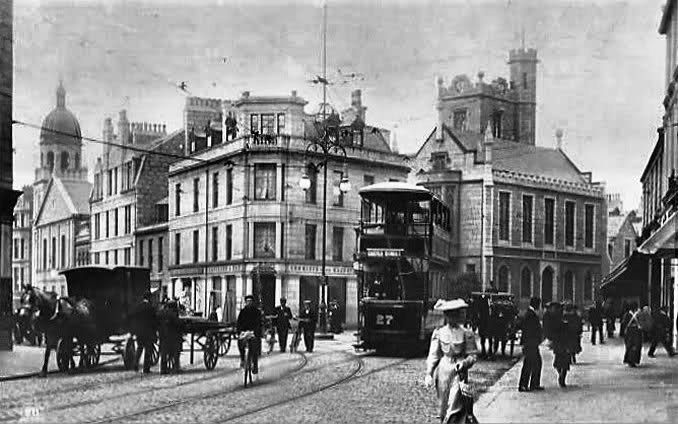
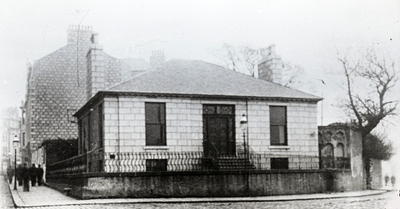
Wellington Lodge stood across the Street from Holburn Church or the McClymont Hall, roughly where the Glentanar Bar stands today. It can be seen on the large scale Ordnance Survey Town Plan and Map Sheets from the 1860s. The property appears to have belonged to the Whytes of Dalhebity, Cults. For some time Wellington Lodge was the Residence of Helen Whyte and she was likely the House’s Final Resident. Helen Whyte died aged 85 on 31st January 1898 (death notice: Aberdeen Weekly Journal, 9th February 1898, p. 4). Newspaper references suggest she was involved in various Charitable Activities. She was the daughter of Baillie John Whyte, a Merchant, and had a brother also called John Whyte (1845-1904), a prominent Citizen & Advocate. Another death Notice indicates that Mary Ann Hardie, of 48-Victoria Road, Torry, was Employed for 38-yrs as the Servant for Miss Helen Whyte. Hardie died in 1895 (death notice: Aberdeen Journal, 17th August 1895, p. 4). Newspapers also suggest the Villa was the home of Miss Mary Murray Gordon. She would likely have been a relation of James Murray Gordon who was a Partner in the same Law firm as John Whyte, Helen’s aforementioned brother. Wellington Lodge was probably Demolished shortly after the death of Helen Whyte. It made way for the extension of the larger Tenement Buildings on Holburn Street that can be seen beyond the Garden in the background of the above Photograph. The Aberdeen Weekly Journal’s ‘Granite Chips‘ Column of 17th May 1899 (p. 9) states “A very large & handsome Block of Buildings for Mr Peter Farquharson has been Erected in Holburn Street, stretching from the Office of the Union Bank of Scotland to Justice Mill Lane.” This most likely refers to this Development.
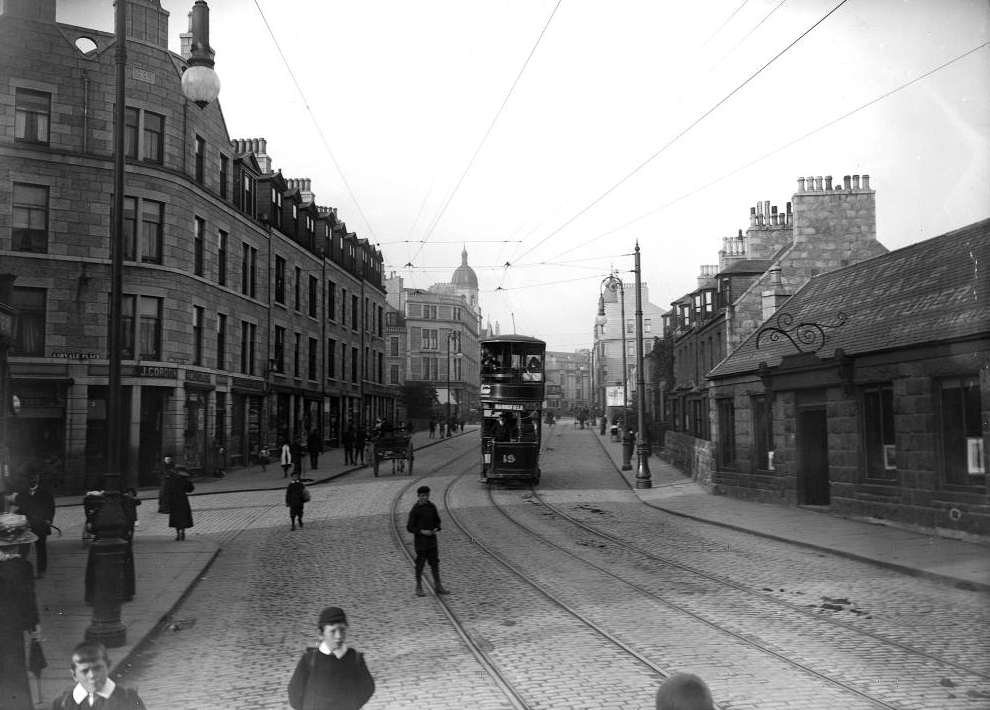
Donated Ambulance from the Engineers & Shipbuilders of Aberdeen outside Rotunda Premises then belonging to the Red Cross, Scottish Branch, with male Dignatories, Contributors & Children standing beside it including the gaunt featured Sir James Taggart, Granite Merchant who presented it to the Scottish Branch of the Red Cross Society on Monday 29th January 1917. The Vehicle, Funded by Subscription, was for use in Aberdeen and was handed over to Colonel J Scott Riddell, the Red Cross Commissar. Riddell can be seen 4th from the left in the group on the right. The leftmost figure of that grouping is Lord Provost James Taggart who Presided over the Presentation Event that took place in the Red Cross Transport Headquarters of McClymont Hall on Holburn Street, Conical Rroof visible here in the background. Taggart was a Granite Sculptor by Trade and had a Works nearby at 92-Great Western Road. The location of the photograph is at the Junction of Justice Mill Lane & Holburn Street. A Branch shop of the Summerhill Farm Dairy is visible in the background.
Forbes Maxwell & Co, Wholesale Wine, Spirit & Beer Merchant & Aerated Water Manufacturer, 83 Holburn Street, c.1907
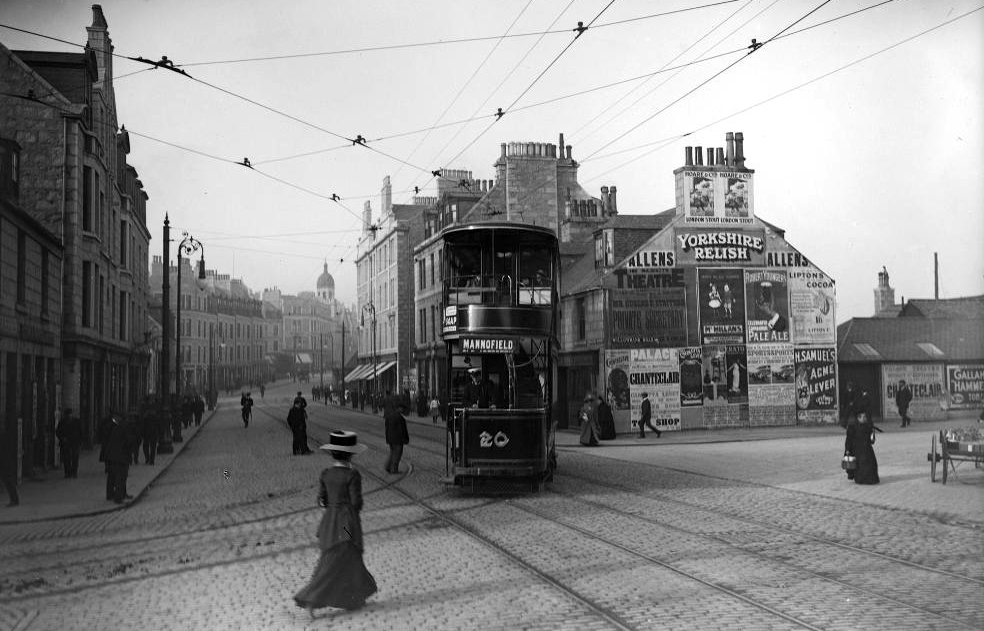
J & A Ogilvie, Cabinetmakers, Joiners, Upholsterers & Funeral Undertakers, 369 Union Street. Workshops, Howburn Works, Willowbank Road & 55 Rose Street. was Established in 1846 in Aberdeen by James & Alexander Ogilvie. The Business had a Store in Union Street and a Factory in Willowbank Road. In 1955, the Business was acquired by Wylie & Lochhead Ltd. In 1957, Wylie & Lochhead Ltd and its subsidiaries, including J & A Ogilvie Ltd, was in turn acquired by House of Fraser Ltd. In c.1966, J & A Ogilvie Ltd opened a new Factory in nearby Albury Road. The name, J & A Ogilvie Ltd, ceased to be used in 1987.
This inset image of Union Glen, taken from near the Junction with Cuparstone Row, was likely taken by James Kellas in the early 1950s. The Building that can be seen above the Holburn Viaduct Bridge, on Holburn Street, was number 81 at the time. It was a Shop belonging to Alexanders, a Records, Radio & TV Dealer. This Business closed down in the 1980s. At the time of writing, the Building is occupied by the Aberdeen Drilling School. The larger Building on the right is 82 Holburn Street. It has a long history as a Bar and was known for generations as Aitken’s. It was previously known as the Great Western Bar and later as the Malt Mill, which was originally the name of a Lounge opened in 1963. The name references the Building at one time having been a Distillery.
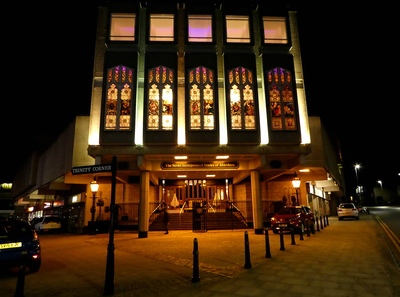
The Trinity Hall No.3 of the Seven Incorporated Trades of Aberdeen. It is lit up as a meeting takes place inside. The Organisation moved to these premises when they sold their previous Building adjoining Union Bridge in 1964. Construction on the shown building began in January 1966 and it was opened in October 1967. The Building is on the corner of Holburn Street and Great Western Road and the No.2 Hall 7-Decorative Windows were salvaged as the main feature of the new Facade.
Cuparstone Lane. This almost unknown name now started off as an area where wooden cups, caps in the vernacular, were manufactured, adjacent to a Grove of Trees, think of Ashvale & Union Grove. Even as late as 1811, there is mention of feu duty from Cuparstone. Cuparstone Row was a road leading from Cuparston Place to Wellington Place now the top of Holburn Street. Cuparstone Place was the Turnpike Road leading from Holburn Street to Mannofield but its name became the Great Western Road. The deep Heugh was Bridged at Union Glen to create a Road from the top of Union Street to the South, but even the name of the Burn underneath changed to the Hol Burn when the OS Map Union Grove Area 1869 was published. Union Grove House was Gavin Hadden’s Home

In his Book The Old Deeside Road, G M Fraser writes, “The commencement of the old Road at Hardgate is still, fortunately, to be seen, near Fonthill Road, at the Group of ruinous houses connected with what was long known as W J Palmer’s Holburn Brewery.
The ‘lie’ of the old houses at the back of the Brewery shows the run of the old road, 2 of the small, dilapidated Buildings being clearly the Eastmost Houses of the old Deeside Road just where it touched the Hardgate.”
We, Edmund Gripper Palmer & Frederick William Palmer, both Brewers in Aberdeen, hereby intimate that the Firm of W J Palmer, Brewer, Holburn Brewery, Aberdeen, of which we were the sole Partners, was Dissolved by mutual consent on the 23rd February 1897.
Signed by the above-named Edmund Gripper Palmer in the presence of
Alexander Wilson, 189 Union Street,
Aberdeen, Solicitor.
Walter A Reid, CA, Canada House,
Aberdeen.
With reference to the above Notice, Mr Edmund Gripper Palmer will carry on the Business of Brewer as formerly, on his own account, under the name of W J Palmer, at the Holburn Brewery, Aberdeen, and will collect all Debts due to, and pay all Debts due by, the Firm of W J Palmer, as previously constituted, and Mr Frederick William Palmer will carry on business as a Brewer on his own Account at the Huntly Brewery.
William Kennaway Ltd., Bakers & Confectioners, at 173 Union Street in 1937. At the time Kennaway also had Branches at 5 & 7 Holburn Street and at The Square, Stonehaven. The Premises on Union Street had a Restaurant towards the rear.

Holburn Street Station was renovated in 1906 for King Edward VII‘s opening of Marischal College & Quater Centenary. His Royal Train ran from Ballater to the decorated Holburn Street Station from where Edward went in procession to Marischal College. In 1928 the Suburban Railway began to operate Sunday Services to Culter from 1928 to 1936. On 28th January 1937, it was announced that after April 1937 the Suburban Service was to end. Holburn Street was one of the 14 Stations Closed as a result of rivalry from Bus Services and the waning popularity of the Train Service. This marked the end of a Chapter in Transportation History for Aberdeen. Portions of the Route have been surfaced for cycle & walking routes. Some Platforms survive.
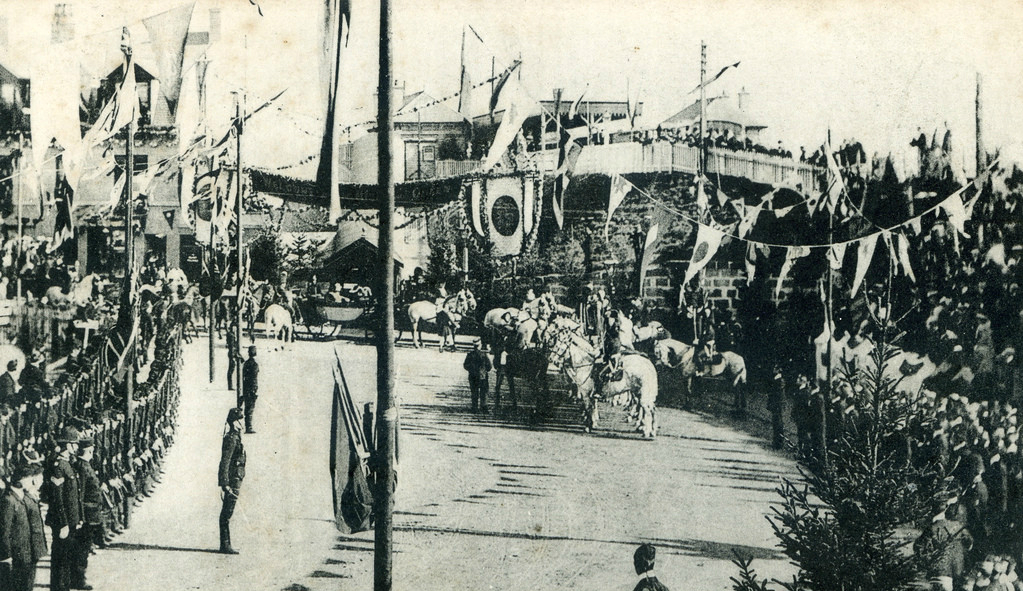
Holburn Street Station
On the Eastside of Holburn Street. The original Railway Bridge was Demolished in the 1980s. Holburn Street Station was closed to Passengers in April 1937 with the ending of the Suburban Services and the Line itself closed in 1968.

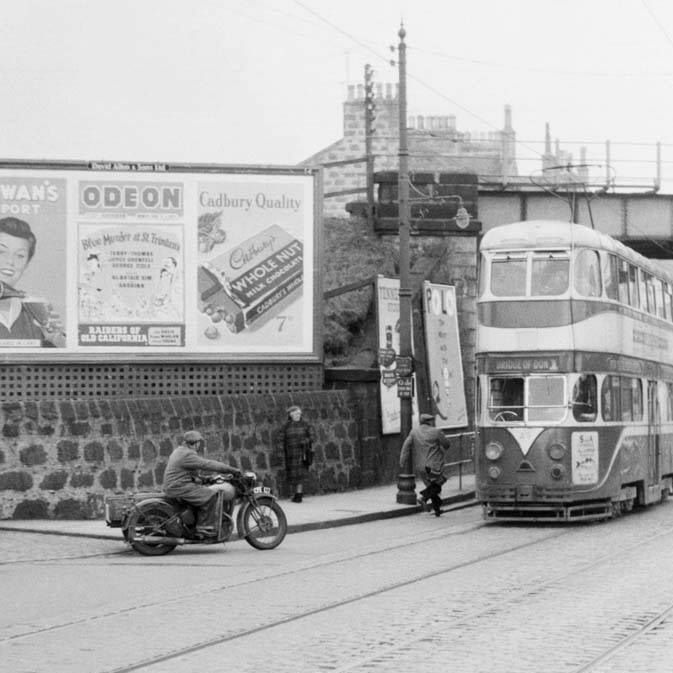
Pitmuckston Burn has 3-Branches each passing through former Bogs. One beginning near the top of the Brae in Seafield Road runs down to Great Western Road, and Eastward along it to near Hammerfield Road, which it follows to Broomhill Road. Here it is seen running open along the Westside of Broomhill Barn down to the Deeside Railway. It passes under the Railway and runs along the Southside of it to Holburn Street, which it crosses near the Railway Bridge, and then it makes its way in a South-easterly direction to the Dee. The 2nd Branch beginning at Broomhill Road at the end of Salisbury Terrace runs South-east to Holburn Street. It crosses both the street and the Railway before they cross one another, and then it joins the 1st Branch in a slight hollow East of Holburn Street. Small as the stream of this burn was (it is now covered up), it drowned a drunk man who, on his way home in a dark night, mistook it for his bed and lay down in it at the roadside. The 3rd branch used to be seen first where Balmoral Road leaves the Hardgate. It runs South-east till it crosses the Railway and then turns South-west. Like all other burns about Aberdeen having a considerable fall, it had early been requisitioned for driving a Meal-mill. The Mill was on the south side of the road going east from Outseats House, No.365 Hardgate (2-storey L-Plan c.1800), and the Mill-dam was in the north. As the supply of water was but small it was supplemented by taking in the Polmuir Burn by means of a deep ditch from Aiken’s Moss. The in-fall was above the Dam, but this diversion now joins a Sewer passing through the Northside of Duthie Park. Below the Site of the Mill, the Burn runs open still, and on the Northside of Riverside Road it is joined by the united Stream of the other 2-Branches, and, crossing the road, it enters the Dee. Before the Bridge of Dee was built, the Mouth of the Pitmuckston Burn was an important place.

Deeside Railway Bridge by Gray Sreet with Corner Italian Ice Ceam Shop – new version Speedliner Tram coming towards to the Brig o Dee and an older type disappearing up towards Holburn Junction & Union Street

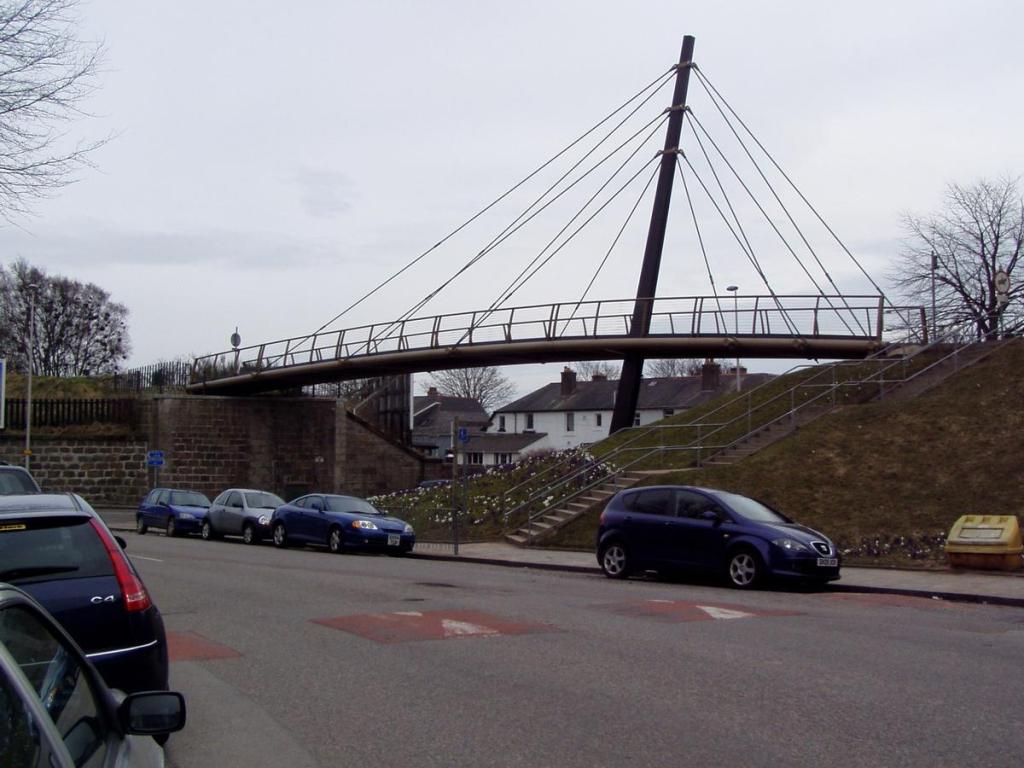
The 41-mile (66 km) long Deeside Way starts at Duthie Park in the Centre of Aberdeen & continues close to the River Dee through the heart of Rural Aberdeenshire to Ballater in the Cairngorms National Park. Like other disused Railway Trails the Deeside Way is suitable for Cyclists of all ability & is especially suited to Families. The Route is mostly Level as it is Built on the Bed of the Old Deeside Railway Line. Any Gradients encountered are Shallow. Since closure of the Line in the mid 1960s, a few of the Bridges have been removed & some of the Track Bed Destroyed. However, Ramps have been constructed at many former Bridge locations to allow safe easy access to & from the Way & quiet Lanes adjacent to the Line are used where the former Track Bed has been Destroyed. The Deeside Way passes through (or close to) many places of interest including Crathes Castle, Drum Castle & Cambus O’May Suspension Bridge. The Path is continuous from Peterculter
Ruthrieston Station: Opened in 1856, the Station at Ruthrieston followed the Standard style of many Stations introduced at that time, only this one was relatively small & the facilities basic. The Station was constructed of Wood with a Hipped Roof, on the opposite Platform was a simple Waiting Shelter & a Wooden Footbridge linked the 2-Platforms.
23 Minutes – Footage of 27th September 1906 Aberdeen University Quater Centenary Celebrations when King Edward VII & Queen Alexandra visited Aberdeen to open the new extension to Marischal College.
View of decorations around Union Terrace Gardens, with His Majesty’s Theatre in the background, pan lefts towards William Wallace Statue & other Garden Area with decorations, St Marks Church in the background, view of decorations on Union Bridge, with horse & carriage & Tram coming towards camera, another horse & carriage pass from right to left, the Camera pans left to the left side of Union Bridge where large Floral Banner marking Celebrations is shown, a banner states Aberdeen University Quater-Centenary Celebrations September 1906 & is situated behind Statue of Prince Albert. The Camera pans left looking towards Union Terrace then pans left across decorations covering the front of St Nicholas Cemetery on Union Street, a Banner saying God Bless Our King & Queen, St Nicholas Church, Facade heavily decorated, a brief shot of Back Wynd. Crowds line either side of Street as Chief Constable of Police & another Officer mounted on horses, ride left out of shot, whilst in the background, the Band of Royal Scots Greys start a Procession out of Gates at Marischal College, Fifeshire & Forfarshire Imperial Yeomanry, Seaforth Highlanders in kilted uniform, Graduates mostly men but some women, Students in suits, 3–Admiralty Men with white feather plumes & swords file past Crowd pushes forward making narrower area for rest of Procession of Graduates, Admiralty, Clergy, Councillors, men in Top Hats & Police Officers at the rear, the Crowd converges in after this & begin to disperse in different directions.
The 2nd Battalion The Cameronians (Scottish Rifles) mounted on horses wearing Busbies perform Guard of Honour (seen in the Foreground with backs to camera) outside of Holburn Street Train Station, in background Lord Strathcona, Sir Frederick Treves, University Principal Lang & Mr Crombie get into horse-drawn Carriage & other gowned men get into another Carriage. The Camera pans right to 2 empty Carriages outside the Station & 2-Carriages pass left out of the shot each containing 2-Admiralty Men. Queen Alexandra, King Edward VII, Minister in Attendance & the King’s Equerries get into 1st Carriage outside Holburn Street Train Station, they are Escorted by Royal Scots Greys, Fifeshire & Forfarshire Imperial Yeomanry & mounted Police Officers, The Honourable Charlotte Knollys, The Lord Chamberlain to the Queen, Earl Howe, The Lord in Waiting Lord Colebrooke & The Groom in Waiting Sir A Condie Stephen get into 2nd Carriage, Carriages move off down Holburn Street.
King George V also used Holburn Station to open Cowdray Hall in 1925 having travelled by a Special Train from Ballater.
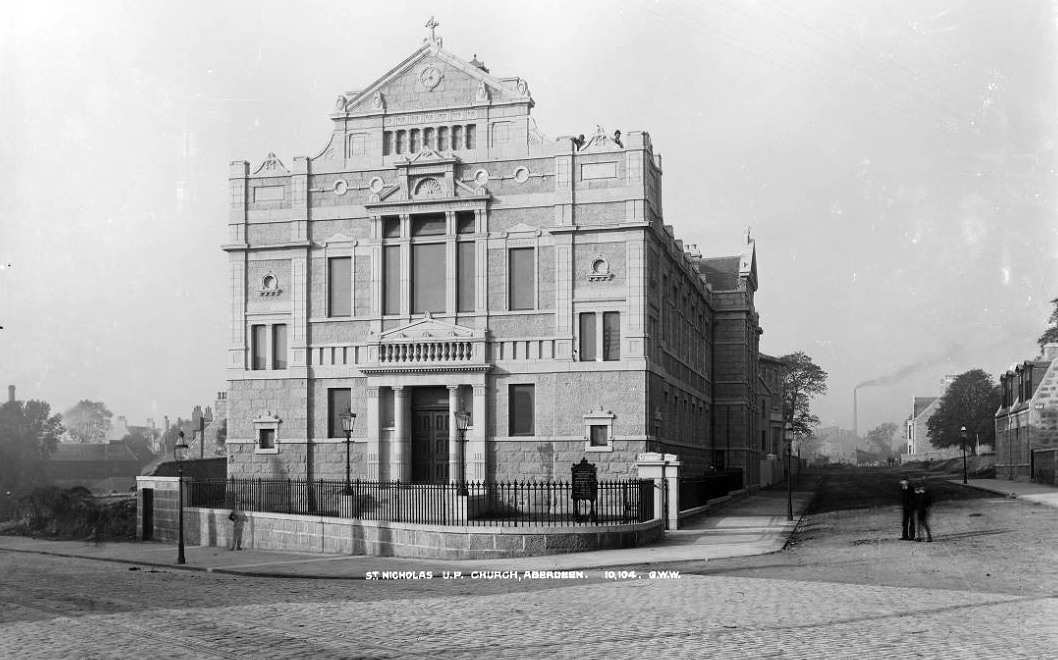


George Cheyne Motorcycles – Cheyne (Cycles) Ltd a Firm Established in Aberdeen in 1895 specialising in Bicycles & then Motorcycles & this Picture was taken in 1966 and is now occupied by a Dentist. These Premises were at 133-Holburn Street & ‘Hollybank Place’ is Adjacent. The grander location was at 147-149 Holburn Street adjacent to Willowbank Road below.
Missionary Work in Aberdeen ‘for the Reclamation of Fallen Women‘ & the Seabank Rescue Home (formerly in Holburn Street (nr Union Grove) as the Home for the Rescue of Fallen Females, but following a Donation from John Gordon of Pitlurg, Seabank House, 31- King Street, was Purchased in 1871; taken over by the Episcopal Church in 1921)
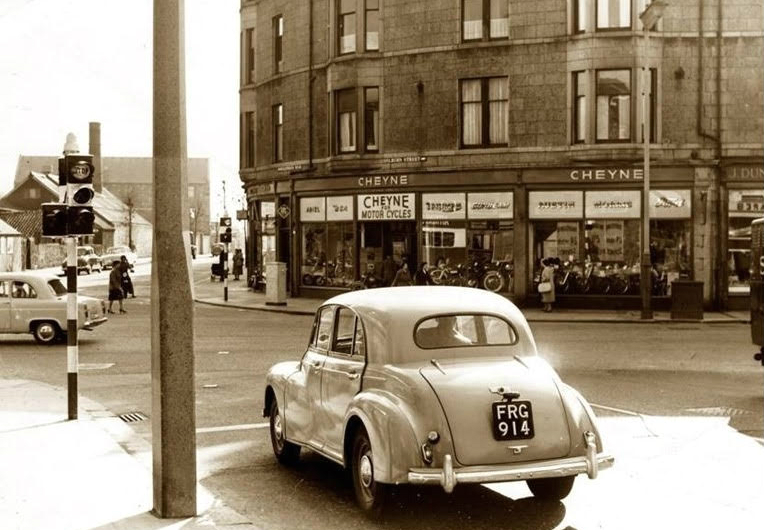

Raffan’s – much frequented by the Aberdeen ‘Man About Town’
